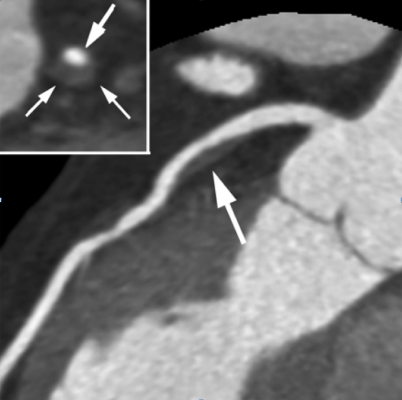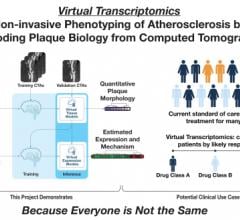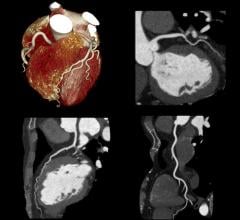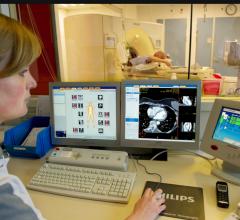
Readers of cardiac computed tomography (CT) exams often over estimate the risk if coronary artery disease (CAD) according to a new core-lab analysis from the PROMISE Trial.
January 26, 2017 — Results from a core lab analysis from the PROMISE Trial on cardiac computed tomography (CT) were among three high-impact clinical trials presented at the 2017 Radiological Society of North America (RSNA) meeting that offered radiology practice-changing clinical research.
“Core Laboratory Versus Local Site Interpretation of Coronary CT Angiography (CTA): Association with Cardiovascular Events in the PROMISE (PROspective Multicenter Imaging Study for Evaluation of Chest Pain),” presented by Michael T. Lu, M.D., and Jonathan A. Leipsic, M.D., investigates the concordance and relative prognostic value of central core laboratory versus local site interpretation for significant coronary artery disease.
In the PROMISE trial, 193 North American sites interpreted coronary CTA as part of the clinical evaluation of stable chest pain. CTA was also interpreted retrospectively by a central core lab blinded to clinical data, site interpretation, and outcomes. Concordance between core lab and site interpretation for significant CAD (greater than 50 percent luminal stenosis) was assessed.
The findings revealed that core lab interpretation of coronary CTA classified significantly fewer patients as having significant CAD compared to site interpretation, without a loss of predictive power for cardiovascular events.
This study was simultaneously published online in the journal Radiology.
RSNA highlighted two other key trials on breast imaging. One was a pivotal study of a new tool, opto-acoustic imaging, to diagnose breast masses. The other study showed how patient involvement in the decision process in cases of ductal carcinoma in situ (DCIS) influences quality of life following treatment.
Read about other Key RSNA 2017 Study Presentations, Trends and Video.


 March 07, 2024
March 07, 2024 








